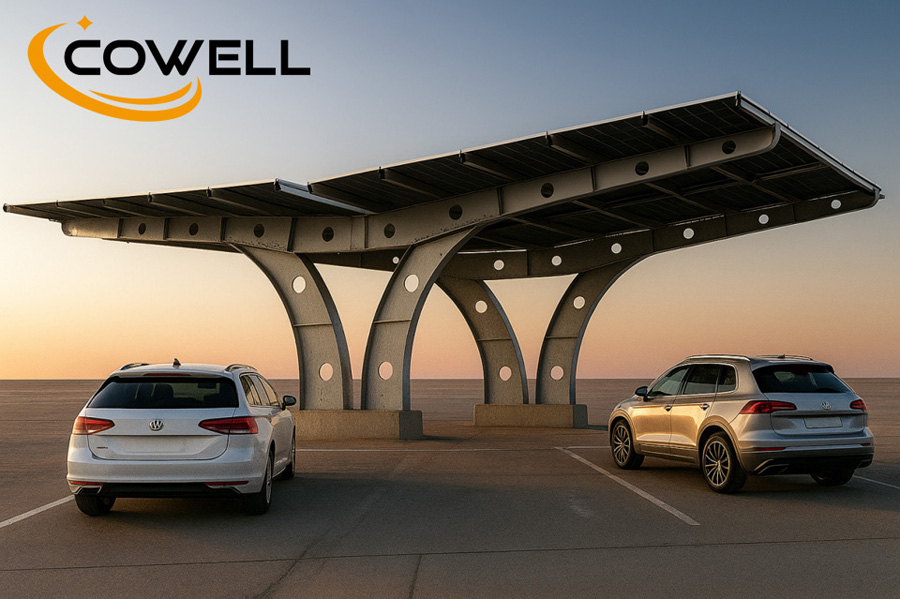Der moderne Solarcarport vereint Funktionalität und Nachhaltigkeit und verwandelt ungenutzte Parkflächen in saubere Energiequellen. Diese Strukturen bieten nicht nur Schutz für Fahrzeuge, sondern sind auch für die Aufnahme von Photovoltaikmodulen konzipiert. So wird aus einer Belastung ein gewinnbringender Vermögenswert. Dieser Doppelnutzen-Ansatz maximiert die Raumeffizienz und ist somit die ideale Lösung für gewerbliche, industrielle und institutionelle Einrichtungen, die ihren CO2-Fußabdruck und ihre Betriebsenergiekosten reduzieren möchten.
Die Konstruktion eines robusten Solarcarports erfordert sorgfältige Planung, um die kritischen Belastungsanforderungen durch Schnee, Wind und das Gewicht der Module selbst zu erfüllen. Die strukturelle Integrität ist von größter Bedeutung, um Sicherheit und Langlebigkeit über Jahrzehnte hinweg zu gewährleisten. Wichtige Überlegungen umfassen die Wahl der Materialien – typischerweise feuerverzinkter Stahl oder Aluminium für höchste Korrosionsbeständigkeit – und die Gestaltung des Fundaments, sei es bodenmontierte Pfeiler oder ein Ballastsystem für oberirdische Parkplätze. Auch Neigungswinkel und Reihenabstand der Module werden präzise berechnet, um die Energieproduktion zu optimieren und Verschattung zu vermeiden.
Ein wesentlicher Vorteil moderner Solar-Carport-Systeme ist der Trend zu vormontierten Komponenten und modularen Bauweisen. Dieser Ansatz reduziert die Installationszeit vor Ort und die Arbeitskosten drastisch und minimiert so Störungen im täglichen Betrieb. Darüber hinaus berücksichtigt ein gut konzipierter Carport sorgfältig durchdachte Aspekte wie Wasserableitung, Beleuchtung und Gesamtästhetik. So ist er nicht nur ein Kraftwerk, sondern auch eine architektonisch integrierte und wertvolle Ergänzung des Grundstücks. Durch die Kombination langlebiger Materialien, präziser Konstruktion und optimierter Installation bietet ein Solar-Carport eine hohe Kapitalrendite und gleichzeitig spürbare Umweltvorteile.


 M-F 9 Uhr bis 18 Uhr
M-F 9 Uhr bis 18 Uhr  admin@cowellxm.com
admin@cowellxm.com
 326, No.580 Jiahe Road, Huli District, Xiamen City,Fujian Province, China.
326, No.580 Jiahe Road, Huli District, Xiamen City,Fujian Province, China.




